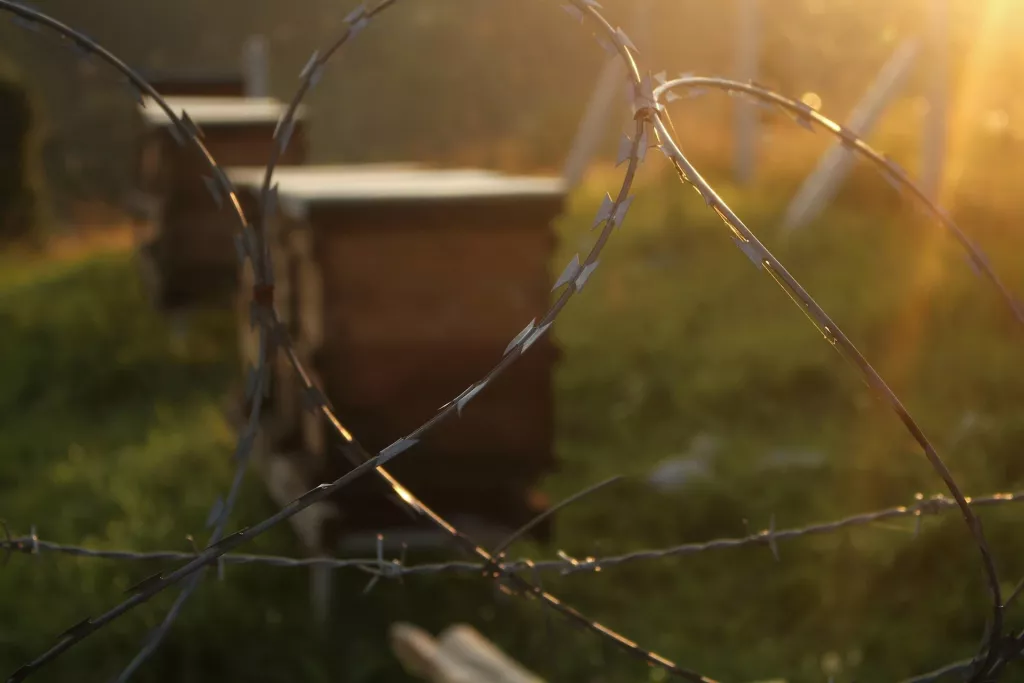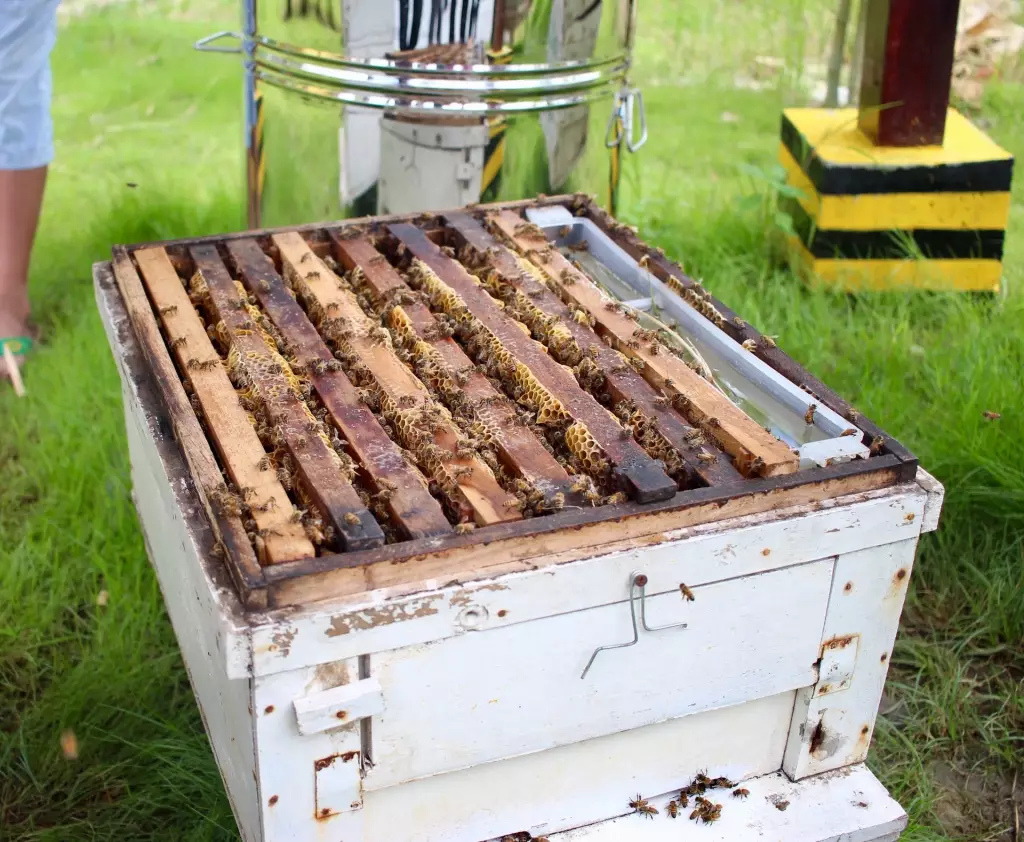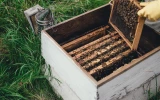What To Do With an Abandoned Beehive? (Avoid This)
You put so much hard work into making a home for the bees, only to wake up one day and realize they've left. Absconding is rare, but it happens. Here's how you can pick up the pieces and start over again.
Inspect the beehive and find the reason why your bees left. If it was due to disease, you may need to burn the hive products and sterilize the equipment. Otherwise, feel free to clean and reuse for a new colony.
Realizing your bees have left probably hurts just as much as losing a lover. After all, you put a lot of time and effort into trying to make them stay and keep them alive. I'll walk you through how you can find the cause of their departure and what to do in the aftermath of such a devastating event.
Summary
- If the bees absconded for any other reason except disease, particularly AFB, you can reuse the hive for a new colony. However, if they left because of an infestation, you may need to burn the hive products and the equipment, depending on where you live.
- Make sure to act quickly and launch an inspection once you know the beehive has been abandoned. Predators and pests may beat you to it.
- Conduct an inspection, salvage what you can, and take the experience as a lesson learned in beekeeping.

On this page:
Why Do Bees Abandon Beehives?
Absconding is the technical term for honeybees that choose to just abandon their hive entirely and move somewhere. This is not common among European honeybees, which are the most common species of honeybee in the US, but it's still worth preparing for it so you don't get caught off guard.
Bees may choose to abandon their hive if they overheat, don't have enough food to eat, or are frequently disturbed at that location. But it could also be an indicator of something more vile afoot: parasites, disease, or bad odors are just as likely to drive your little workers away. Absconding is most common in newly installed packages of bees.
But if the issue was caused by poor health, then some early signs involve a spotty brood pattern, shrinking population, bees with deformed wings, empty combs, ants in the hive, a high mite count, and a lack of honey stores. These are only a few examples and it is common for these problems to overlap.
What Happens if You Don’t Empty a Beehive?
If you do not empty and clean out an abandoned beehive, then predators or pests may get to it before you do. Sometimes, an absconding colony won't just abandon the hive; they also leave behind young bees who are unable to fly, unhatched brood, honey, and pollen. That is a lot of material and population to just leave to the elements.
If the colony abandoned the hive because of an infestation, then forager bees and predators who will visit the hive after may become carriers of the disease. It will also become difficult for you to detect the cause of the absconding if they get to the hive before you do.

Should I Have a Beehive Removed?
You may have had an absconding colony settle a little too close to home for comfort, or a wild hive that escaped your attention. Or, sadly, you have decided that beekeeping is not for you. There's no shame in asking someone else for help, especially if you feel like you are not up to the task. If you need a beehive removed from your property, then it is best to contact an experienced beekeeper in your community who can do the work. They may be capable of removing and re-homing the bees in a safer location.
The Texas Beeworks channel, managed by expert beekeeper Erika Thompson, is a great way to build an appreciation for humane beehive removal.
How to Dispose of a Bee Hive
If the hive was abandoned because of pests or because it was destroyed in a natural disaster, then you can just bag it up and throw it in the trash. However, there are situations where a more thorough method of disposal is needed for the health of other bees in the area.
For example, most states have honey, comb, and bees belonging to hives that have been infected with AFB burned. This is to prevent the spread of disease, especially to foraging bees who may come across the area by accident.
To start, pick a remote area that you can use as a burn site. Dig a hole that's around 18 inches deep and large enough to hold all the infected equipment. Start by burning the wax combs, followed by any combs containing honey.
If the hive bodies, bottom boards, and covers are in good shape, then they can be reused; however, they should be sterilized by scorching or irradiating.

Can You Put New Bees in an Old Hive?
It is possible to clean out and reuse an old hive for a new colony. This is as long as the hive structure is still mostly intact, and the previous colony did not abscond because of a vicious disease or infection.
However, you will need to do a little cleaning before you bring in a new bee package. Here's a quick look at the entire process.
Cleaning an old hive for a new colony
If you come across an empty beehive box, conduct a quick inspection of the area before going any further. Are there plenty of dead honeybees around the hive or has the hive been destroyed? Does the hive smell foul? These can give you an indication of what to expect before you even open anything.
After you are satisfied with your search, head to the hive and give the frame a few light knocks. Lay it flat down in case some honeybees are lodged in the comb. Move carefully and don't apply too much force.
Now it's time to clean out the hive. Use a brush to clean out remaining debris in the hive and store the boxes alternately. This will help ventilate the equipment and prevent wax moths from visiting. Wipe off any molds with a cloth that's been dipped in a vinegar solution.
Make one final check for diseases in the hive that can be passed on to future colonies. After you are certain that the hive is safe, freeze all the usable frames for 48 hours.
Move the frames to a container with a tight lid and plenty of sunlight, and check the combs from time to time for molds or larvae. Once that is safely in storage, clean all the areas around the frame, including the hive tand.
Overall, you won't have to do a lot of work because the new bees will share in the work of cleaning up their new home. Your priority is to clear out old comb, remove as many dead bees as possible, and ensure that there are no diseases that can be passed on to the next colony. Replace any broken frames or worn foundation before introducing the next colony.
How Do You Tell if a Beehive Is Abandoned?
The most reliable way to know a beehive has been abandoned is to just watch and wait. If you have not seen any bees fly in, out, and around the hive for several days, then it is likely that they have left for a new home. At this point, the best course of action is to head out to the hive, see what they left behind, and carry out an inspection to figure out why they chose to leave. This way, you can learn from the experience and avoid the same situation with your next colony.


